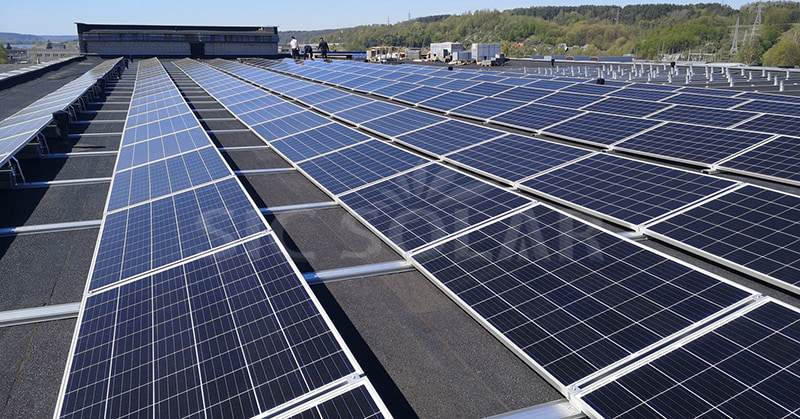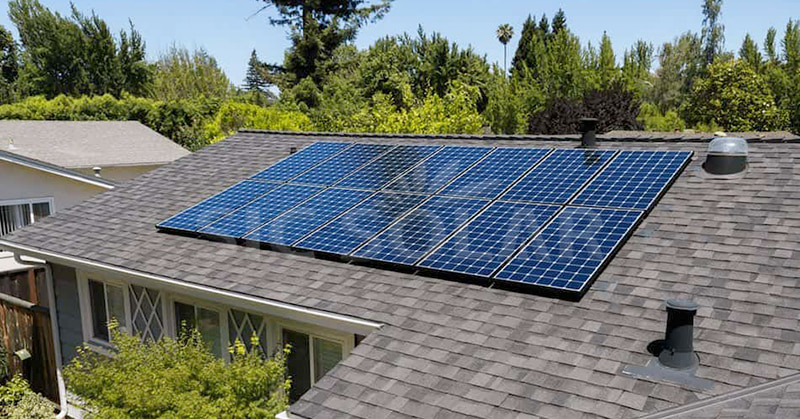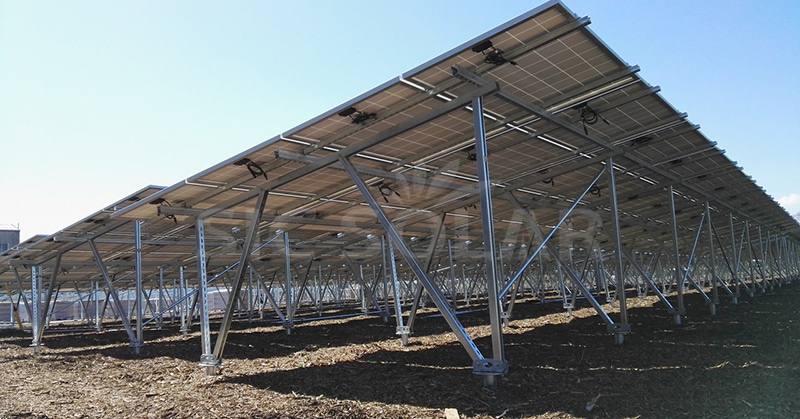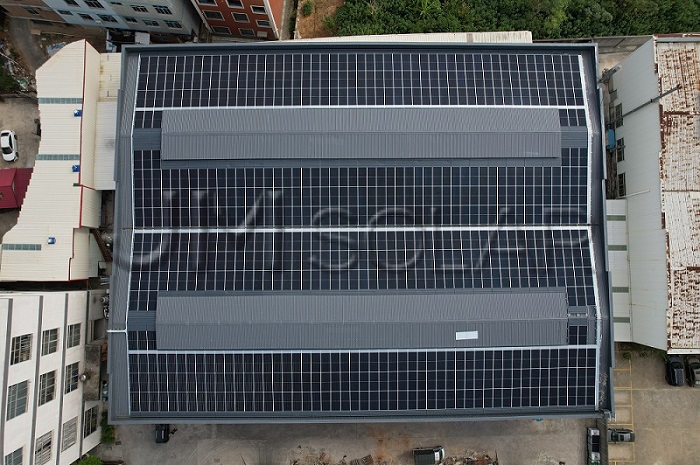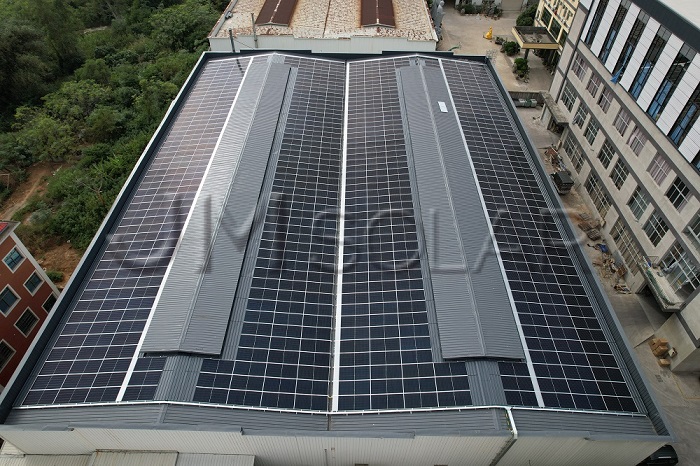Flat concrete roofs are ideal for solar panel installations due to their stability and the freedom to optimize panel orientation and tilt. However, selecting the right mounting system is critical to ensure the durability, efficiency, and safety of the solar array. This blog will explore the various mounting system options for flat concrete roofs and how they cater to different project requirements. SIC Solar, a trusted provider of photovoltaic mounting solutions, offers systems designed for such installations.
Key Considerations for Mounting Systems on Flat Concrete Roofs
When choosing a mounting system for a flat concrete roof, it’s important to consider:
- Structural Stability: The system must securely anchor to the roof to withstand wind loads and other environmental factors.
- Tilt Angle: The mounting system should allow for an optimal tilt to maximize sunlight exposure, usually between 10° and 30°.
- Load-Bearing Capacity: The weight of the system, combined with the panels, must not exceed the roof’s load-bearing capacity.
- Water Drainage: The system design should prevent water accumulation on the roof to avoid damage.
- Ease of Installation: A straightforward installation process reduces labor costs and project timelines.
Common Mounting Systems for Flat Concrete Roofs
-
Ballast Mounting Systems
- Description: Ballast systems use weights, such as concrete blocks, to hold the solar panels in place without drilling into the roof.
- Advantages:
- Non-invasive, preserving the roof’s waterproofing.
- Ideal for roofs where penetrations are not allowed.
- Quick and simple installation.
- Considerations:
- Suitable for areas with low wind loads.
- Requires a structurally strong roof to support the additional weight.
-
Penetrative Mounting Systems
- Description: These systems use anchor bolts to fix mounting structures directly to the concrete roof.
- Advantages:
- Provides maximum stability, making it ideal for high wind or seismic regions.
- Allows for more flexibility in panel tilt and alignment.
- Considerations:
- Requires careful sealing to avoid water leakage.
- Involves a more complex installation process.
-
Adjustable Tilt Mounting Systems
- Description: Adjustable systems allow the tilt angle of the panels to be modified based on seasonal sun angles.
- Advantages:
- Maximizes energy generation throughout the year.
- Compatible with both ballast and penetrative systems.
- Considerations:
- Slightly higher upfront costs.
- Requires occasional manual adjustments.
-
Hybrid Mounting Systems
- Description: Combines ballast and penetrative elements for enhanced stability without full roof penetration.
- Advantages:
- Balances stability and minimal roof penetration.
- Suitable for a variety of roof conditions.
- Considerations:
- Installation complexity may vary.
Why Choose SIC Solar Mounting Systems for Flat Concrete Roofs?
SIC Solar is a leading provider of photovoltaic mounting systems, offering solutions tailored to flat concrete roofs. Their systems are designed with durability, efficiency, and ease of installation in mind.
- Durable Materials: SIC Solar uses high-quality aluminum and stainless steel, ensuring longevity and resistance to corrosion.
- Customizable Designs: Their mounting solutions cater to specific project needs, including ballast, penetrative, and hybrid systems.
- Efficient Installation: Pre-assembled components and clear instructions simplify the installation process.
- Optimized for Performance: SIC Solar systems ensure panels are positioned for maximum sunlight exposure and airflow, enhancing efficiency.
Choosing the Right System for Your Project
The choice of a mounting system depends on:
- The roof’s structural strength and load capacity.
- Environmental conditions like wind and snow loads.
- Project budget and long-term goals.
Consulting with experts like SIC Solar ensures the mounting system aligns perfectly with your project requirements, delivering a safe and efficient solar installation.
Installing solar panels on a flat concrete roof is an excellent way to harness renewable energy. With the right mounting system, you can maximize energy production, protect your roof, and achieve a long-lasting solar setup. For reliable and innovative solutions, SIC Solar provides the expertise and quality needed for successful solar installations.
